A guide to Turkish kebabs
A traditional Turkish kebab is a barbecue sauce and grated cheese free zone.
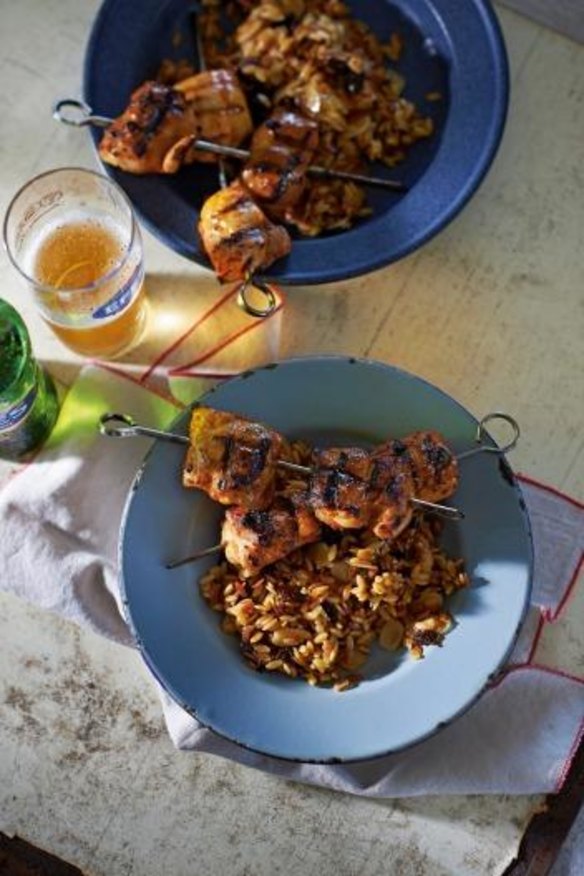
With a big smile, Turkish cooks are likely to tell you that theirs is the first great cuisine of the world: "The French got their creamy sauces from our yoghurt and the Chinese got their dumplings from our manti, which also gave the Italians their ravioli". They are joking – but not entirely.
They might also go on to claim the Greeks stole baklava from the Ottomans, New Yorkers got their pastrami from the meat-curing process called pastirma and Italians got their pizza from pide. Tandoori ovens? Well, of course, the Indians were inspired by the ancient Anatolian custom of baking in a hole in the ground called a tandir ... You get the picture.
These are among the many food myths we explore in our new book Anatolia, adventures in Turkish cooking, and a surprising number of them turn out to have a grain of truth. Undisputed is that about 8000 years ago the Hittite people of south-eastern Anatolia were the first farmers of Europe, the first humans to cultivate figs, cherries, apricots, almonds and grapes (for wine), and the speakers of a language that turned into Latin, Greek, German and ultimately English.
Their first cooking method was what modern Australians call "barbecue", and what modern Turks call "kebaps" (widely known in English-speaking countries as kebabs). In 8000 years the people of Anatolia have had plenty of time to refine the process from the original application of fire to meat, and there are now hundreds of variations on this ancient cooking method.
We thought a discussion of kebabs today would be the best way to celebrate the friendship that formed between two nations after they were dragged into a war neither of them started (or even understood). We hope the next Australian tourism ads will feature Paul Hogan inviting the world to "slip another 'bab on the barbie".
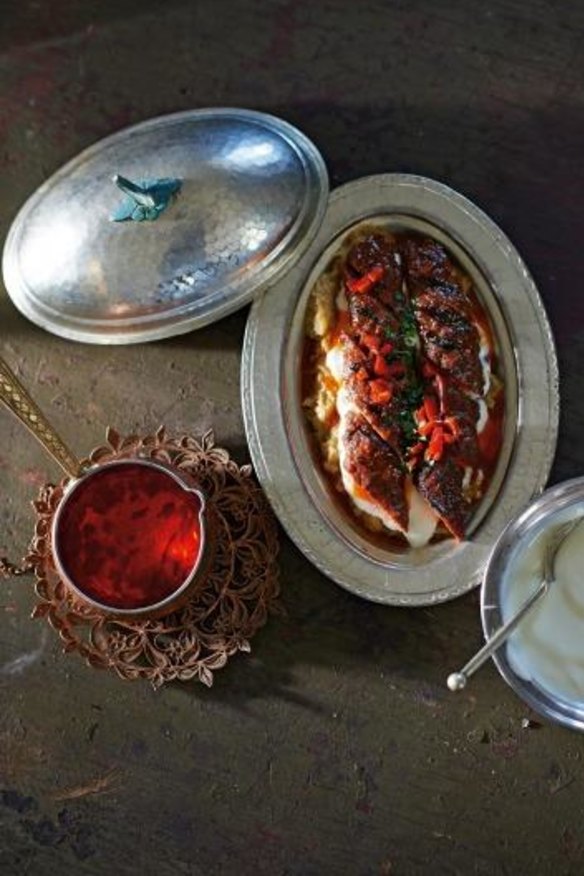
The kebab the world knows best is the doner variety – a giant blob of chopped beef or lamb on a vertical skewer rotating in front of a heat source, often sliced into pita bread to provide a hangover cure. The doner was supposedly invented in the 12th century by soldiers who skewered lumps of meat on their swords and stuck the handles into the ground near a fire.
But the true kebab is much older than that. An archeological dig in Santorini, Greece found kebab cookers called "fire dogs" (with skewers resting over a long hotbox carved into the shape of a dog). They had apparently been exported from Anatolia 3700 years ago, and are still the way most Turkish people cook their kebabs – over a metal box containing glowing embers.
Before you light your charcoal, you must decide the form in which your meat or fish or vegetables will be cooked – whole, in lumps or minced into patties. Any mincing should be done with a giant sharp knife called a zirh. Then you must blend in your flavourings, a sophisticated mix of herbs, peppers, onions, spices and (in the case of meat kebabs) lamb fat, which will drip onto the embers and create a fragrant smoke that will further complicate the flavour. You will then need to decide what kind of skewer is most suitable – bamboo or metal, flat or round.
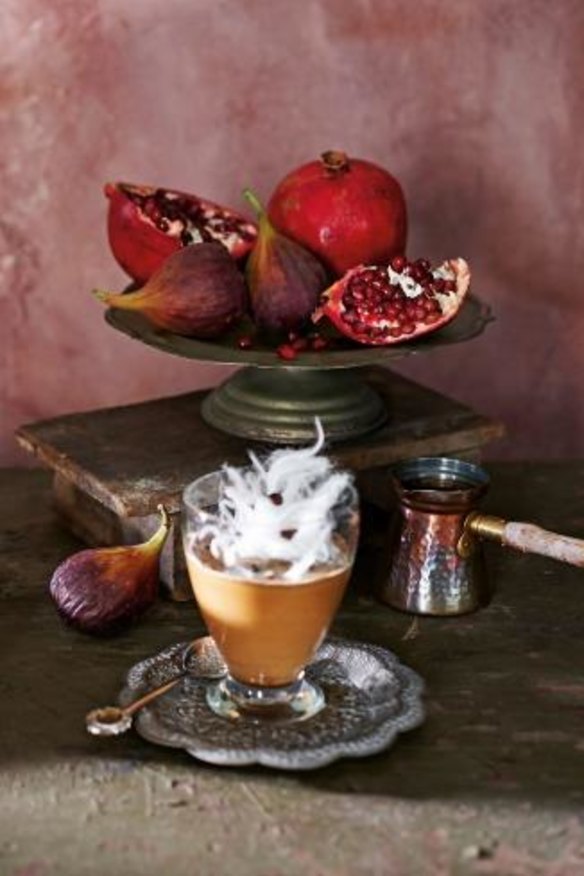
The wood or charcoal must be lit an hour in advance and allowed to die down, so there will be no flames in contact with the meat. If you don't own a charcoal grill, our book offers some recipes for kebabs that can be cooked on a gas barbecue or in the oven. But you'll be missing a lot of flavour.
On Anzac Day, 2015, we'll be eating the dish we call "lime-marinated scallops with kangaroo pastirma" (page 284, Anatolia) and we'll be thinking about 100 years of history and 8000 years of history.
Kebab towns
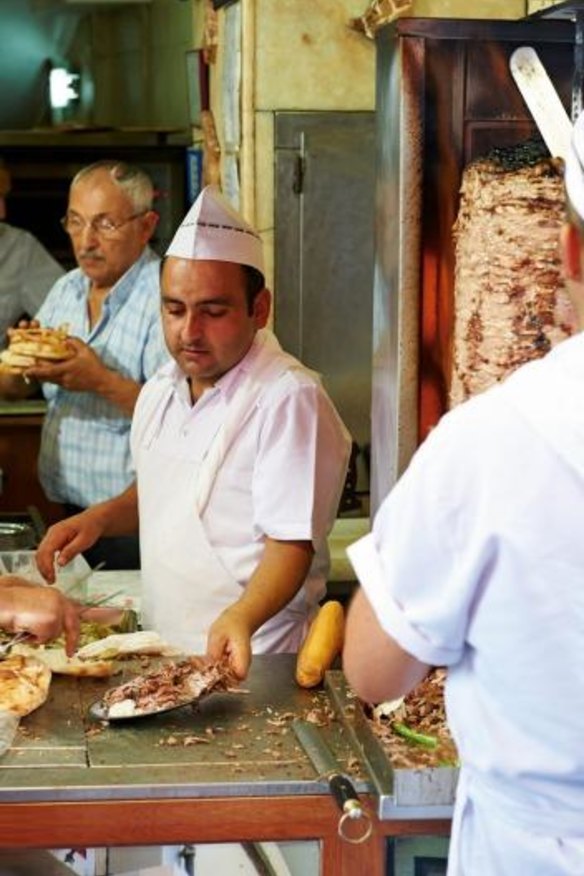
The approaches to kebabs in Turkey vary with the seasons, the locally available ingredients, and the preferred cooking style of the region. Every town has its signature dish – often almost identical to a kebab in another town, but fiercely claimed to be a special act of creation by a chef born just around the corner. Here are a few examples:
Iskender kebab: Sliced veal, grilled on a vertical skewer, served with a yoghurt and tomato sauce
Adana kebab: Chilli-spiced chopped lamb, known as a specialty of the Mediterranean city of Adana except in the rival city of Gaziantep, where it's called "the minced kebab"
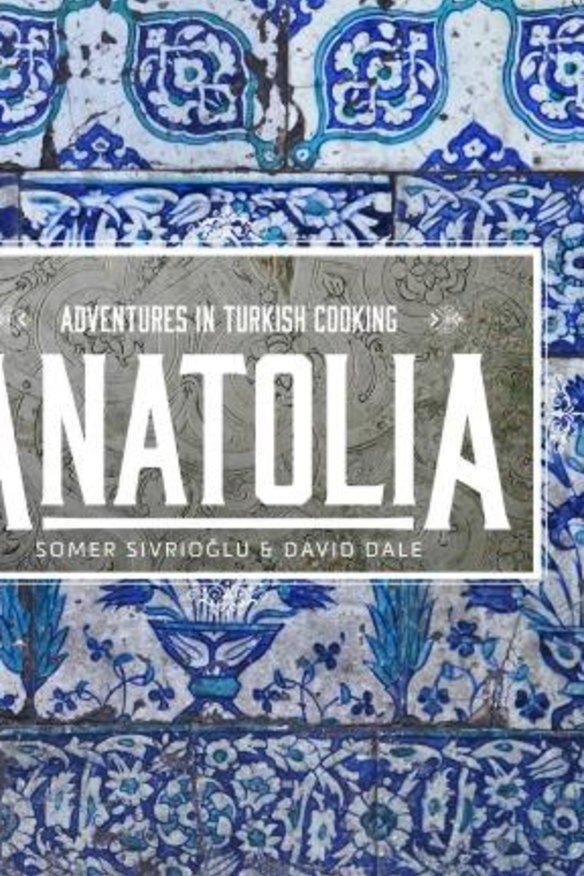
Boklu kebab: A specialty of the Gallipoli region, literally translated as "smelly kebab", because the sardines are grilled whole on the skewer and have a strong smell while cooking
Tas kebabı: Cubed veal, sauteed with onion, garlic, potatoes and tomatoes – the word "Tas" means "bowl"
Tandır kebab: Whole spring lamb, roasted in a fire pit (Central Anatolia)
Bıldırcın kebab: From the forests of the Marmara region, whole quails, baked or char-grilled; this originated from the Ottoman sultans' love of bird hunting
Testi kebab: Cubed lamb and vegetables baked in a clay jug sealed with pastry, which is broken open at the table
Beyti kebab: A modern creation of Istanbul's Beyti restaurant, minced lamb with pistachio, grilled on a skewer and wrapped in thin pastry, which is then coated in parsley
Çökertme kebabı: A recent Aegean speciality, with thin grilled veal on fried potatoes, named after a traditional folk dance
Shish kebab: An English redundancy, only used in tourist restaurants – the word "sis" just means "skewer", while the word "kebab" usually implies the use of a skewer.
Chicken kebabs with prune orzo pilaf
Chicken kebabs are mostly served with a rice pilaf in Turkey. I find that a bit boring, and since I share the Ottoman taste for combining meat with dried fruits, I've added prunes. Sour plums are popular as summer fruits in Turkey, while the dried version (prunes) are handy in winter. We prefer damson plums, which are named for their supposed point of origin – Damascus. They were brought to the Byzantine Empire by the Romans. Instead of rice I've used a kind of pasta called orzo (the Italian word for barley) or risoni (which translates as "big rice"). It's called kritharaki (little barley) by the Greeks and arpa sehriye (barley grains) by the Turks, but I most like the Arab name lisan al-usfur, which translates as "songbird tongues".
Kebabs
8 chicken thigh fillets
4 thyme sprigs
250g (1 cup) plain yoghurt
100g ( cup) capsicum paste
125ml ( cup) olive oil
1 tsp cumin
1 tsp chilli flakes
1 tsp salt
1 tsp freshly ground black pepper
Orzo pilaf
80g ( cup) blanched almonds
750ml (3 cups) chicken stock
2 tbsp butter
2 tbsp olive oil
270g (2 cups) orzo pasta
tsp salt
tsp freshly ground black pepper
10 prunes, seeded and chopped
200g crumbly feta
1. Cut the chicken thighs in half, crossways. Pick the leaves from the thyme sprigs and discard the stalks. Mix the yoghurt, capsicum paste, olive oil, cumin, chilli flakes, salt, pepper and thyme leaves in a large non-metallic bowl. Add the chicken and thoroughly coat in the yoghurt mixture. Cover the bowl with plastic wrap, transfer to the fridge and leave to marinate for at least six hours.
2. About one hour before serving, start making the orzo pilaf. If you're using an oven rather than a grill, preheat it to 220C.
3. Halve the almonds. Put the chicken stock in a saucepan over a low heat and bring to a simmer.
4. Meanwhile, melt the butter in a saucepan over low heat. Add the olive oil. When it begins to sizzle add the almonds and half the orzo. Brown for three minutes. Add the remaining orzo and stir for another three minutes. Add the heated chicken stock. Stir and add the salt and pepper. Bring the orzo to the boil, and simmer, covered, for eight minutes.
5. Preheat the barbecue hotplate or a grill pan. Add a drop of water. If it sizzles the grill is ready.
6. Chop the prunes and stir them through the orzo mixture. Simmer, covered, for another five minutes. Turn off the heat and stir in the feta. Let the mixture rest, covered, for 10 minutes.
7. Meanwhile, prepare the kebabs. Using eight metal skewers (ideally one centimetre wide), push each skewer through two pieces of chicken and place them on the hot grill. Grill for seven minutes on one side, then five minutes on the other side. (If you are using the oven, put the chicken pieces on an oven rack and bake for 10 minutes.)
8. Divide the orzo pilaf onto four plates. Place two skewers on each portion of pilaf and serve.
Serves 4
'The gentle kebab' (Lamb and smoked eggplant)
1 red capsicum
700g lamb (at least 25 per cent fat), coarsely minced (ground)
1 tsp salt
1 tbsp paprika
1 tbsp chilli flakes
500g (2 cups) plain yoghurt
4 large eggplants
juice of 1 lemon
4 garlic cloves
2 tsp salt
75g butter
Chilli and capsicum butter
75g butter
1 red capsicum, chopped
50g chilli flakes
1 piece pita bread, for holding the skewer
1. Cut the capsicum in half and remove the stalk and seeds. Chop into quarters and pulse in a blender until finely minced. Transfer the capsicum to a mixing bowl and add the lamb, salt, paprika and chilli flakes. Knead the mixture for five minutes with wet hands to make a smooth paste. Cover the bowl with plastic wrap, transfer to the fridge and leave to marinate overnight.
2. Place the yoghurt on a sheet of muslin (cheesecloth) and tie up the corners. Hang the muslin over a pot overnight to allow the yoghurt to thicken.
3. In the morning, take the meat mixture out of the fridge and divide it into four balls, each about 180 grams. Wrap the meat around four flat metal skewers (ideally two centimetres thick). Squash each ball around the skewer, pressing the mixture so it spreads five centimetres from the top to 10 centimetres from the bottom. Once all four skewers are firmly covered, put them back in the fridge for at least one hour.
4. If you're using a charcoal grill, you should light it one hour before you want to cook. Burn the charcoal for at least 45 minutes and when the flames have died down, and the coals are glowing with a covering of white ash, the barbecue is ready. (If you're using a gas barbecue, turn it onto medium heat about five minutes before you're ready to cook.)
5. Char the eggplants on an open flame until the skin is blackened. When they are cool, scoop out the flesh and put the pieces in a colander for 10 minutes to lose some of their water. Drizzle on the lemon juice to help them retain their colour.
6. Roughly chop the eggplant into a chunky puree. Crush the garlic with one teaspoon of the salt. Mix the strained yoghurt with the crushed garlic. Set aside.
7. To make the chilli and capsicum butter, melt the butter in a frying pan over low heat. Add the capsicum and chilli flakes. Cook for two minutes. Set aside.
8. Melt the butter in a frying pan. Add the chopped eggplants and the remaining salt. Heat the mixture for one minute then divide onto four plates. Spread the garlic yoghurt over the eggplant.
9. Put the kebabs on the charcoal grill or barbecue. Cook for two minutes, until the meat on one side has seared, then turn over and cook the other side for two minutes. Turn again, and cook for two minutes on each side. The fat will drip on the charcoal and burn, but that smoke adds to the flavour. Constantly check to see if the meat is at risk of falling off the skewer, and if so, turn it over.
10. Use the pita bread as a mitten to grip the meat and pull it off the skewer. Cut meat from each skewer into three and place the three pieces on the yoghurt. Pour chilli and capsicum butter into a jug for people to help themselves and serve.
Serves 4
Anatolia by Somer Sivrioglu & David Dale is available now through Murdoch Books, $79.99
Somer Sivrioglu runs Efendy restaurant in Balmain, Sydney.
David Dale writes The Tribal Mind column for Fairfax online.
The best recipes from Australia's leading chefs straight to your inbox.
Sign up